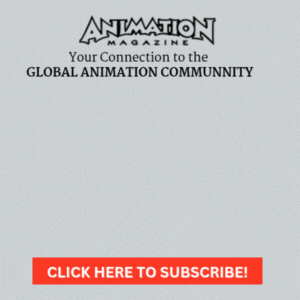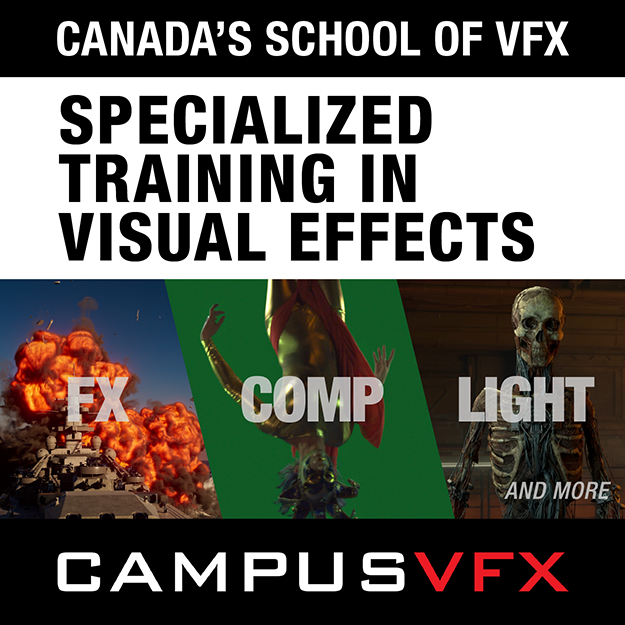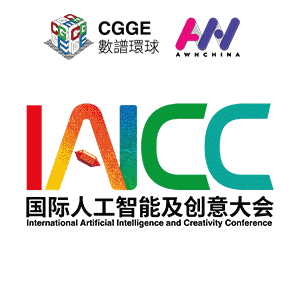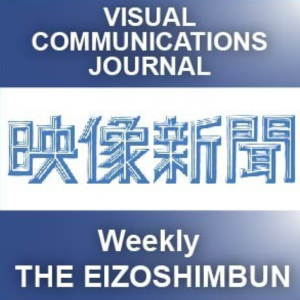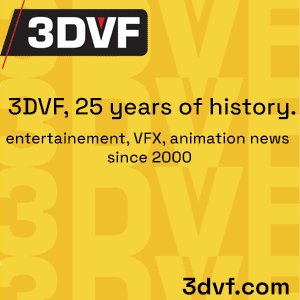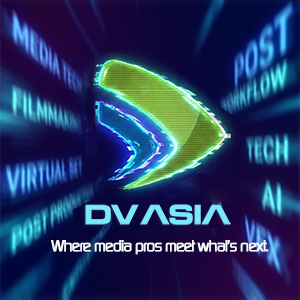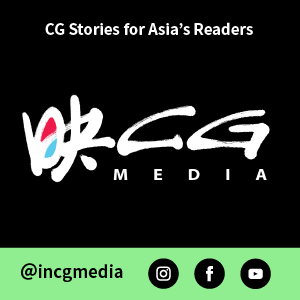The Technical Papers program has two integrated paper tracks: Journal (ACM Transactions on Graphics) and Conference.
However, the submissions themselves are either dual-track (can be considered for publication as a Journal or Conference paper) or Journal only (considered for Journal publication only).
All submissions (dual-track and journal) are reviewed using a single scale (see Review Scores section). The recommendation on whether a submission is suitable for the Journal or Conference track is made after the review is complete, based on the following general criteria:
In particular, when assessing a submission’s suitability for the Conference track, reviewers should be open to works that introduce new interesting problems, novel solutions to existing problems that are likely to improve on the state of the art, or any other types of contributions summarized below, especially if it has potential for opening new directions of research, even if the proposed work is not fully validated, lacks comprehensive ablations or analysis, and is only partially compared against alternative options.
Journal submissions can only be accepted to the Journal track and need to satisfy this track’s criteria to be accepted. Dual-track submissions can be accepted either as Conference or Journal Papers. We recommend that reviewers first decide if the paper’s overall contribution (in terms of advancement of the state of the art) merits acceptance to the SIGGRAPH Asia Technical Papers program and then, if the answer is positive (be it weakly or strongly), evaluate the paper’s completeness and degree of comprehensiveness to determine the track the paper should be accepted to.
Be fair, promote a broad range of substantial contributions to the area, and look for what is good or stimulating about the paper. In the words of former chair Tony DeRose:
“An important factor in evaluating a paper is the degree to which it will inspire follow-on research. After all, we are looking for papers that will propel the field forward as rapidly and vibrantly as possible, while at the same time keeping us well-grounded academically. Finding the right balance obviously isn’t easy, but doing so will ensure that SIGGRAPH Asia remains a breeding ground for significant new areas of research.”
Minor flaws can be corrected and should not be a reason to reject a paper. Each accepted paper should, however, be technically sound and make a substantial contribution. And remember that one of the reasons we introduced the Conference track is to allow for less polished but novel ideas to be published and published fast.
Please read the Ethics of Review section below. It is extremely important that we uphold our reputation for treating ideas confidently and professionally. By accepting a paper for review, you are committing to review all materials submitted in the approved formats: PDF for documents; for videos, we strongly encourage MP4 and PNG or JPG for images. If you are not willing to make this guarantee, please recuse yourself from reviewing. You also are expected to make a reasonable effort to review materials in non-approved formats, but you are not under the same absolute obligation to do so.
Comparisons are important, but should not require unnecessary or excessive work.
The papers are expected to compare to relevant published peer-reviewed work, but this requirement should not impose undue burden on the authors and preclude publication of highly promising contributions. Remember that different types of contributions require different types of validation and that not everything needs to be demonstrated on an end-to-end application or with a user study. Reviewers should weigh requiring comparisons, especially complex and time-consuming (e.g., perceptual experiments, algorithms/methods requiring substantial adaptation to the problem etc.) against the likelihood that these comparisons will yield a result affecting the evaluation of the paper.
Experimental comparisons can be required only to publicly available code/data.
When requesting comparisons to prior work, please provide public links to the code/data for the work to compare to. If no such code or data is publicly available, do not expect authors to implement it, unless this is a minor change to an already implemented method for which the code is available, and limit the request to a discussion.
As a rule, please do not request comparisons to non-trivial to implement, hypothetically possible approaches, or comparisons to adaptations of algorithms solving related, but distinct problems. If you have an alternative approach in mind that you consider preferable, this might be a reason to write a follow-up paper on this new approach, not reject the one under review.
Requiring comparisons that need non-standard resources harms inclusivity.
Required resources for a comparison should not exceed those of a typical lab or already demonstrated in the submission. For example, requiring a comparison to prior work requiring access to an industrial-scale GPU cluster, a unique measurement device, or a high-end multimaterial 3d printer, would not be appropriate, unless the contribution of the paper already uses such resources.
Not everything available online is prior work.
Due to the number of new works posted on arXiv and other non-peer-reviewed websites on a daily basis, it is increasingly likely that you might find online reports that are highly relevant to the submitted work and that the authors were unaware of. The existence of these non-peer-reviewed materials should not negatively affect your review of the submission. In particular, note that authors are allowed, but not required, to cite them as concurrent work without the burden of having to detail how their work compares or differs from these prepublications. If such preprints are not cited, authors of conditionally accepted papers can be made aware of these publications and asked to cite them in their final revision.
Similar considerations apply to recent publications, e.g., Eurographics published several weeks before the deadline. While such publications do constitute prior work, and authors can be required to cite and discuss them in their final paper, authors should not be expected to include detailed comparisons to papers published up to 4 weeks before the SIGGRAPH Asia deadline in their submissions.
Please be specific and detailed in your reviews. In the discussion of related work and references, simply saying “this is well known” or “this has been common practice in the industry for years” is not sufficient nor acceptable. Please cite specific publications or public disclosures of techniques, and if these do not exist or you cannot find them, entertain the possibility that the contribution is indeed novel. The explanation section is one of the most important parts of your review. Your discussion, sometimes more than your score, will help the Technical Papers Committee decide which papers to accept, so please be thorough. Your reviews will be returned to the authors, so you should include any specific feedback on ways the authors can improve their papers.
Each paper is evaluated as Strong Reject, Reject, Borderline Reject, Borderline Accept, Accept, and Strong Accept. The same scale is used for Journal and dual-track papers, i.e., papers should be evaluated irrespective of submission type. The contribution of the paper is evaluated as a whole, including all aspects of the paper. For dual-track submissions, the reviewer may recommend whether to accept the paper for the Journal or Conference track. The final recommendation to accept a dual-track submission as a Journal or Conference paper is made by the Technical Papers committee.
As the requirements for Journal papers are a superset of the requirements for conference papers, uniformly strong scores for a dual-track submission are an indication that the submission should be accepted as a Journal paper, with Conference track more suitable for papers that may have a greater variation of scores.
You must log in to access the full text of an article. A username and password will be made available via our electronic review system to each reviewer.
The deadline for completed reviews is 9 July 2025. Adhering to this deadline is extremely important. In particular, the author rebuttal process starts immediately after the review deadline, where authors must be able to see the complete set of reviews.
In previous years, these guidelines said, “After the review process, destroy all copies of papers and videos that are not returned to the senior reviewer and erase any implementations you have written to evaluate the ideas in the papers, as well as any results of those implementations.”
However, in 2012, SIGGRAPH introduced a new process for revised papers that were rejected from a previous SIGGRAPH / SIGGRAPH Asia conference, where the authors can choose to release the previous reviewers’ names so that the same reviewers can be reassigned. Therefore, there is a chance that you will be asked in the future to review such a resubmission and may need your notes, marked manuscripts, or implementations. You may keep them if necessary, but please be careful to insulate the ideas you learned from the review from your own research and from your colleagues and students. Also, please be aware that your reviews may be perused by future SIGGRAPH Asia reviewers.
As a reviewer for SIGGRAPH Asia, you have the responsibility to protect the confidentiality of the ideas represented in the papers you review. SIGGRAPH Asia submissions are by their nature not published documents. The work is considered new and proprietary by the authors; otherwise, they would not have submitted it.
Of course, authors ultimately intend to publish their work; however, many of the submitted papers will end up being rejected from this year’s conference. Thus, it is likely that the paper you have in your hands will be refined further and submitted to another journal or conference or even to SIGGRAPH Asia next year. Oftentimes, the work is considered confidential by the author’s employers. These organizations do not consider sending a paper to SIGGRAPH Asia for review to constitute a public disclosure. Consequently, you must abide by a few simple rules to protect the ideas in the submissions you receive:
As a reviewer of a SIGGRAPH Asia paper, you have power over the reviewing process. It is important for you to stay clear of any conflict of interest. There should be absolutely no question about the impartiality of reviews. Thus, if you are assigned a paper for which your review would create a possible conflict of interest, you should return the paper immediately and not submit a review. If you discover a conflict of interest after starting the review, you must recuse yourself from the assignment as soon as you discover it. Conflicts of interest include (but are not limited to) situations in which:
The quality of the review process is one of the most valuable assets of SIGGRAPH Asia. The paper publishing business at SIGGRAPH Asia is serious — careers and reputations, as well as academic tenure decisions, often hinge on these publications, and thus on your review. As an example of the perception of the quality of our review process, patent infringement cases have discussed whether something was considered novel enough to be published at SIGGRAPH Asia. You are responsible for upholding this reputation.
This does not mean that we cannot have any fun in the paper sessions. But it does mean that we have a responsibility to be serious and careful in the reviewing process. You should make an effort to do a solid and constructive review. This is obvious, but one of the complaints we have heard about the SIGGRAPH Asia review process is that some reviews can be so sketchy that it looks like the reviewer did not even seem to take the time to read the paper carefully. A casual or flippant review of a paper on which the authors have spent considerable time is not appropriate and certainly not professional. There is no dishonor in being too busy to do a good review, to realize that your competencies are not a good fit for a paper, or to realize that you have overcommitted yourself and cannot review all the papers you agreed to review. But it is a big mistake to take on too much and then not back out early enough to allow recovery. If you cannot write a high-quality review, give the paper back and say so. But please, do it early so that a suitable replacement can be found.
Belittling or sarcastic comments, or comments on authors’ personalities, have no place in the reviewing process. Please evaluate the work, not the authors. The most valuable comments in a review are those that help the authors understand the shortcomings of their work and how they might improve it. Be respectful and carefully explain what you consider strengths and weaknesses of a submission, and how you weigh these relative to each other, so the authors can learn from your expertise.
All reviewers are expected to maintain anonymity forever. In particular, it is never appropriate for reviewers to reveal themselves to the authors of an accepted paper, as this could be perceived as an attempt to curry favor. Requesting citations primarily to one’s own work may thwart anonymity, so it should be carefully considered.
Adherence to ethics makes the whole reviewing process indubitably more complicated and sometimes less efficient. But convenience, efficiency, and expediency are not good reasons to contravene ethics. It is precisely at those times when it would be easier or more efficient to bend the rules that it is most important to do the right thing. Ultimately, spending that energy and time is an investment in the long-term health of the Technical Papers sessions, the conference, and the entire community of computer graphics researchers.









